Introduction
In the world of precision manufacturing, fiber laser cutting has emerged as a game-changer. This innovative technique utilizes a laser cutter that harnesses the power of fiber optics to achieve unparalleled accuracy and efficiency in metal cutting processes. With its ability to deliver clean cuts on various materials, the metal cutting laser cutter has become an essential tool for industries looking to enhance their productivity.
What is Fiber Laser Cutting
Fiber laser cutting is a modern method that employs high-powered lasers to cut through materials with extreme precision. Unlike traditional methods, this industrial laser cutter uses a solid-state laser source, which allows for greater energy efficiency and faster processing speeds. Essentially, it transforms electrical energy into light energy using fiber optics, resulting in a concentrated beam capable of slicing through metals like butter.
Advantages of Fiber Laser Cutting
The advantages of fiber laser cutting are numerous and compelling for businesses across various sectors. First and foremost, this technology offers superior speed compared to other metal cutting machines; it can significantly reduce production times while maintaining high-quality results. Additionally, the operational costs are lower due to reduced maintenance needs and energy consumption when using a metal cutting machine laser.
Applications of Fiber Laser Cutting
Fiber laser cutting finds applications across diverse industries ranging from automotive to aerospace and beyond. It is particularly effective for tasks such as intricate designs in sheet metal fabrication or creating components with tight tolerances in manufacturing settings. As companies continue to seek reliable solutions for their production challenges, the versatility of industrial laser cutting machines makes them indispensable tools for modern fabrication processes.
Understanding Fiber Laser Technology
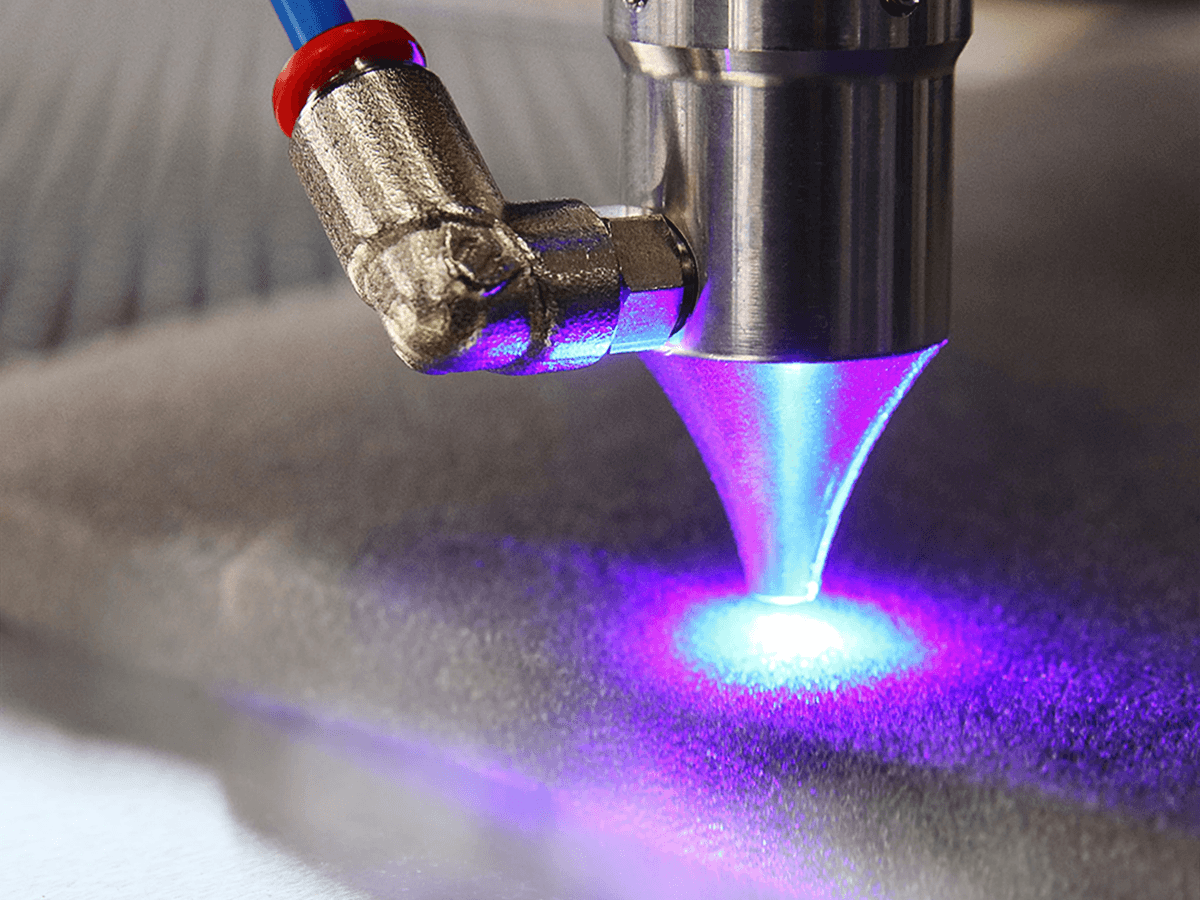
Fiber laser cutting has revolutionized the way we approach precision in manufacturing and fabrication. This technology utilizes a fiber laser, which is a type of solid-state laser that generates high-intensity light through optical fibers. This section will explore how these lasers work, the essential components of a fiber laser cutter, and the different types of fiber laser cutting techniques available today.
How Fiber Lasers Work
At the heart of fiber laser cutting is the process of generating light through a series of doped optical fibers. These fibers are infused with rare earth elements like ytterbium, which amplify the light as it travels through them. When this concentrated light beam is directed at materials using a metal cutting machine laser, it produces an intense heat that melts or vaporizes the material with incredible precision.
The efficiency of fiber lasers stems from their ability to produce a highly focused beam with minimal energy loss. This means that they can cut through thicker materials faster than traditional methods, making them ideal for industrial applications. Additionally, because they use solid-state technology rather than gas-filled tubes like CO2 lasers, maintenance costs are significantly reduced over time.
In practical terms, when you fire up a laser cutter equipped with fiber technology, you're unleashing a powerful tool capable of executing intricate designs on various metals and other materials. The result? Cleaner cuts with less kerf width and minimal thermal distortion—perfect for manufacturers looking to optimize their production processes.
Key Components of a Fiber Laser Cutter
A typical industrial laser cutter consists of several key components that work in harmony to deliver exceptional results in metal cutting. First among these is the fiber laser source itself; this generates the high-powered beam essential for effective cutting operations. Next up are the optics systems—mirrors and lenses—that focus this beam onto the workpiece with pinpoint accuracy.
Another vital element is the motion control system which ensures that both the laser head and workpiece move seamlessly during operation. This system allows for complex patterns to be cut without compromising speed or quality—a crucial factor when using a metal cutting machine laser in high-volume production environments. Finally, there’s also cooling equipment designed to maintain optimal operating temperatures within your industrial laser cutting machine.
These components come together to create an efficient workflow where precision meets speed—a combination that's hard to beat in today's competitive manufacturing landscape! By understanding how each part contributes to overall performance, businesses can make informed choices about their investment in fiber laser technology.
Types of Fiber Laser Cutting
When it comes to types of fiber laser cutting techniques available today, there’s quite an array tailored for different applications and materials! The two primary methods include fusion cutting and flame cutting; each serves its unique purpose depending on material thickness and desired finish quality. Fusion cutting is typically used for thinner materials where clean edges are paramount while flame cutting excels at thicker sections but may leave rougher edges behind.
Another popular technique is remote laser welding which utilizes similar principles but focuses on joining metals rather than separating them—ideal for industries requiring robust assembly solutions! Furthermore, advanced systems incorporate automation features like programmable settings allowing users to switch between methods easily depending on project requirements—all while maintaining efficiency across various tasks performed by your metal cutting machine.
In summary, understanding these different types not only helps businesses choose suitable processes but also enhances productivity by leveraging specific advantages offered by each method within their industrial applications! Whether you’re aiming for intricate designs or heavy-duty cuts—the right choice will ensure your projects shine brighter than ever before!
Comparing Fiber Laser to Other Cutting Technologies
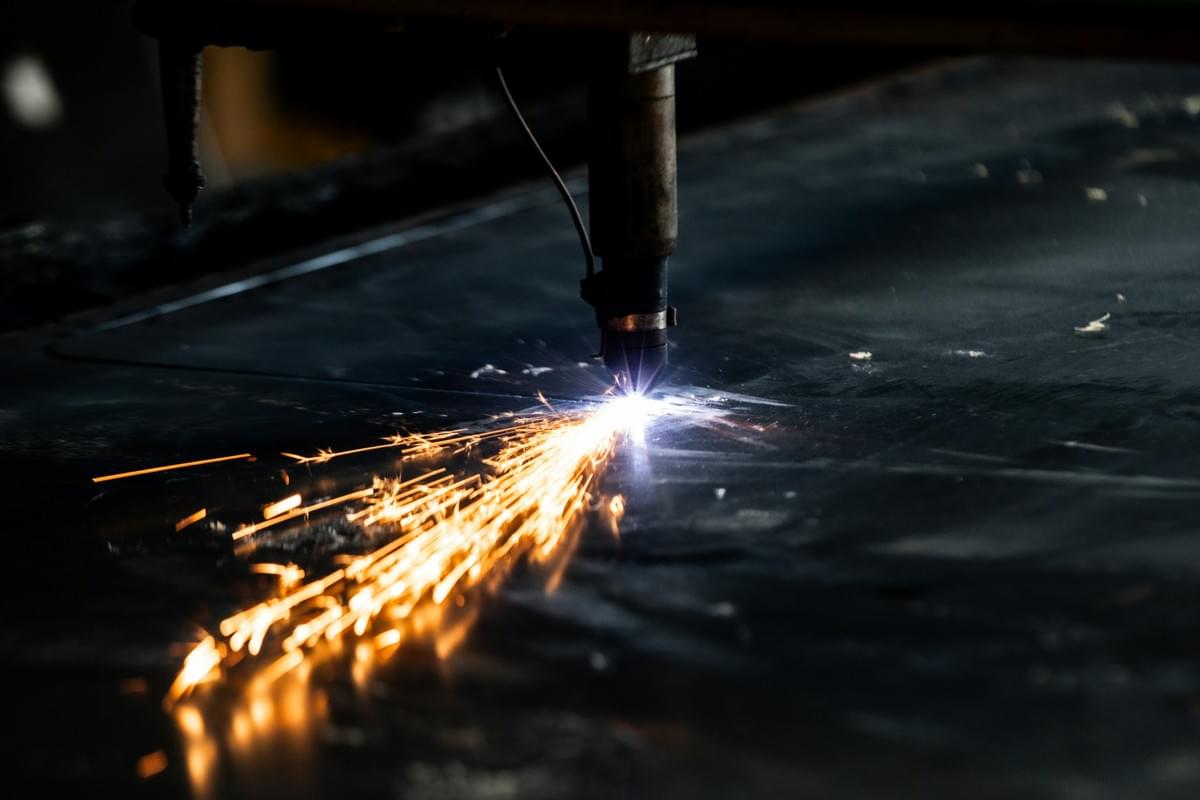
In the ever-evolving world of industrial laser cutting, choosing the right technology can feel like navigating a maze. Fiber laser cutting has emerged as a frontrunner, but how does it stack up against its competitors? Let's dive into the comparisons with CO2 laser cutting and plasma cutting to see why fiber lasers are often the preferred choice.
Fiber Laser vs CO2 Laser Cutting
When comparing fiber laser cutting to CO2 laser cutting, one of the most significant differences lies in efficiency and material versatility. Fiber lasers utilize solid-state technology that allows for faster processing speeds, making them ideal for high-volume production runs. On the other hand, CO2 lasers tend to struggle with metals and require more maintenance due to their gas-based design.
Moreover, fiber lasers deliver higher beam quality, which translates into finer cuts and less thermal distortion on materials. This makes a metal cutting laser cutter using fiber technology particularly advantageous for intricate designs or thin materials. In contrast, while CO2 lasers excel in non-metal materials like plastics and wood, they fall short when it comes to metal applications.
In terms of operational costs, fiber laser systems generally require less energy and lower maintenance than their CO2 counterparts. This makes investing in a fiber laser cutting machine not just a smart choice for performance but also for long-term savings. As industries continue to seek efficient solutions, fiber lasers are increasingly becoming the go-to option.
Fiber Laser vs Plasma Cutting
Fiber laser cutting also stands out when compared with plasma cutting technologies. While plasma cutters are known for their ability to slice through thick metal sheets quickly, they often produce rougher edges that require additional finishing work afterward. In contrast, industrial laser cutters using fiber technology create clean cuts with minimal post-processing needed.
Another critical aspect is precision; fiber lasers offer superior accuracy due to their focused beam quality that can achieve intricate designs without much hassle. Plasma cutters may struggle with detailed patterns due to their broader heat-affected zones and lower precision capabilities when working on thinner materials. For businesses looking for high-quality results without excessive rework time, a metal cutting machine laser utilizing fiber technology is clearly advantageous.
Additionally, when considering operating costs over time, plasma systems typically consume more energy than industrial laser cutters equipped with fiber optics. This factor can heavily influence long-term budgeting decisions within manufacturing settings where efficiency is paramount. As such, opting for a metal cutting laser cutter powered by fiber optics becomes an economically sound investment.
Benefits of Choosing a Fiber Laser Cutting Machine
So why should you choose a fiber laser cutting machine over other technologies? First off is speed; these machines are designed for rapid processing without compromising on quality or precision—an essential factor in today's fast-paced manufacturing landscape. With quicker turnaround times on projects using an industrial laser cutter equipped with fibers, businesses can meet tight deadlines effectively.
Moreover, flexibility plays a huge role as well; whether you're working with stainless steel or aluminum alloys—fiber lasers handle various materials effortlessly compared to traditional methods like plasma or CO2 systems that may have limitations based on material types or thicknesses involved in projects undertaken by your team.
Lastly—and perhaps most importantly—the reliability of these machines cannot be overstated! With fewer moving parts than many alternatives available today (like plasma), maintenance requirements drop significantly while ensuring consistent performance over time—a crucial consideration when selecting any type of industrial equipment meant for long-term use.
The Best Use Cases for Fiber Laser Cutting
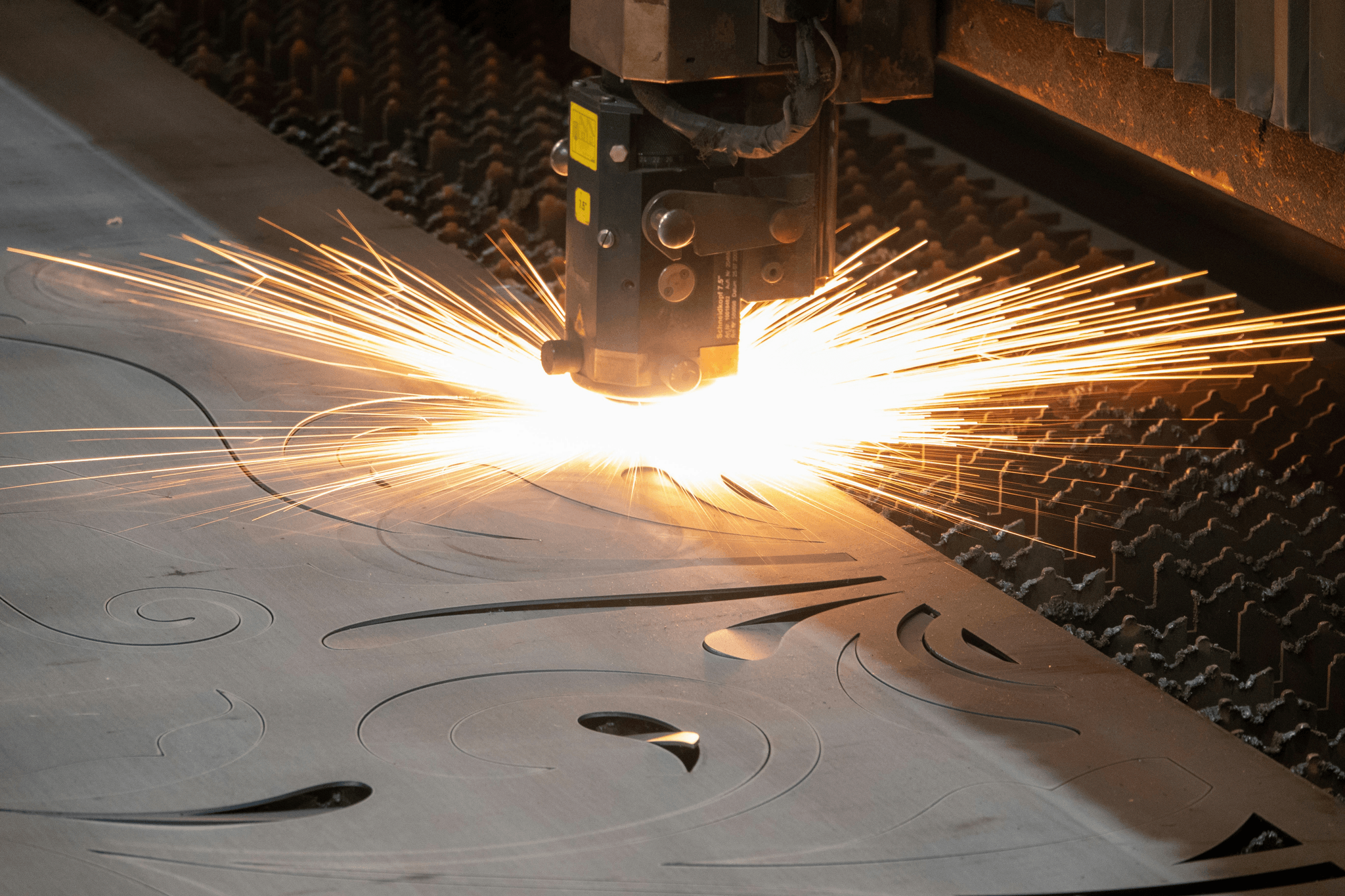
Fiber laser cutting has revolutionized various industries by offering precision and efficiency in metal processing. As businesses strive for higher productivity and lower costs, the adoption of a laser cutter has become more prevalent. From automotive to aerospace, the versatility of fiber lasers is reshaping how manufacturers approach their projects.
Industries Leveraging Fiber Laser Technology
Many industries are embracing fiber laser technology due to its remarkable capabilities. The automotive sector, for instance, utilizes industrial laser cutters to create intricate parts with minimal waste, ensuring high quality and consistency. Similarly, the aerospace industry relies on metal cutting machines laser to produce lightweight components crucial for fuel efficiency and performance.
The medical device manufacturing industry is another area benefiting from fiber laser cutting's precision. Here, a metal cutting laser cutter can create intricate designs that meet stringent regulatory standards while maintaining high production rates. With these applications spanning across diverse fields, it’s clear that fiber lasers are not just a trend; they’re becoming an industry standard.
Common Materials Processed with Fiber Lasers
Fiber lasers excel at processing a variety of materials, making them highly versatile tools in modern manufacturing environments. Metals like stainless steel, aluminum, and brass are commonly cut using these advanced systems due to their ability to deliver clean edges without excessive heat distortion. Additionally, non-metal materials such as plastics and wood can also be processed effectively with a metal cutting machine laser.
One of the standout features of fiber lasers is their capability to handle thick materials with exceptional speed and accuracy compared to traditional methods like CO2 lasers or plasma cutters. This makes them particularly useful in industries where both strength and precision are paramount—think heavy machinery or structural steel fabrication! As manufacturers continue exploring new materials for applications ranging from art installations to functional components, the adaptability of fiber laser cutting remains unmatched.
Specific Projects Ideal for Fiber Laser Cutting
When it comes to specific projects ideal for fiber laser cutting, the possibilities are nearly endless! From creating custom signage that demands sharp details to producing complex automotive parts that require tight tolerances, this technology shines bright across various applications. Furthermore, industries involved in prototyping benefit significantly from using an industrial laser cutting machine since they can quickly turn ideas into tangible products without long lead times.
Additionally, architectural firms often use fiber lasers for decorative elements in buildings—think intricate facades or bespoke railings that showcase both artistry and engineering prowess! Even small-scale artisans have found success employing a metal cutting laser cutter for unique creations that stand out in competitive markets. As businesses increasingly recognize the advantages of this technology over traditional methods, it’s evident that fiber laser cutting will continue leading innovation across numerous sectors.
Choosing the Right Industrial Laser Cutter
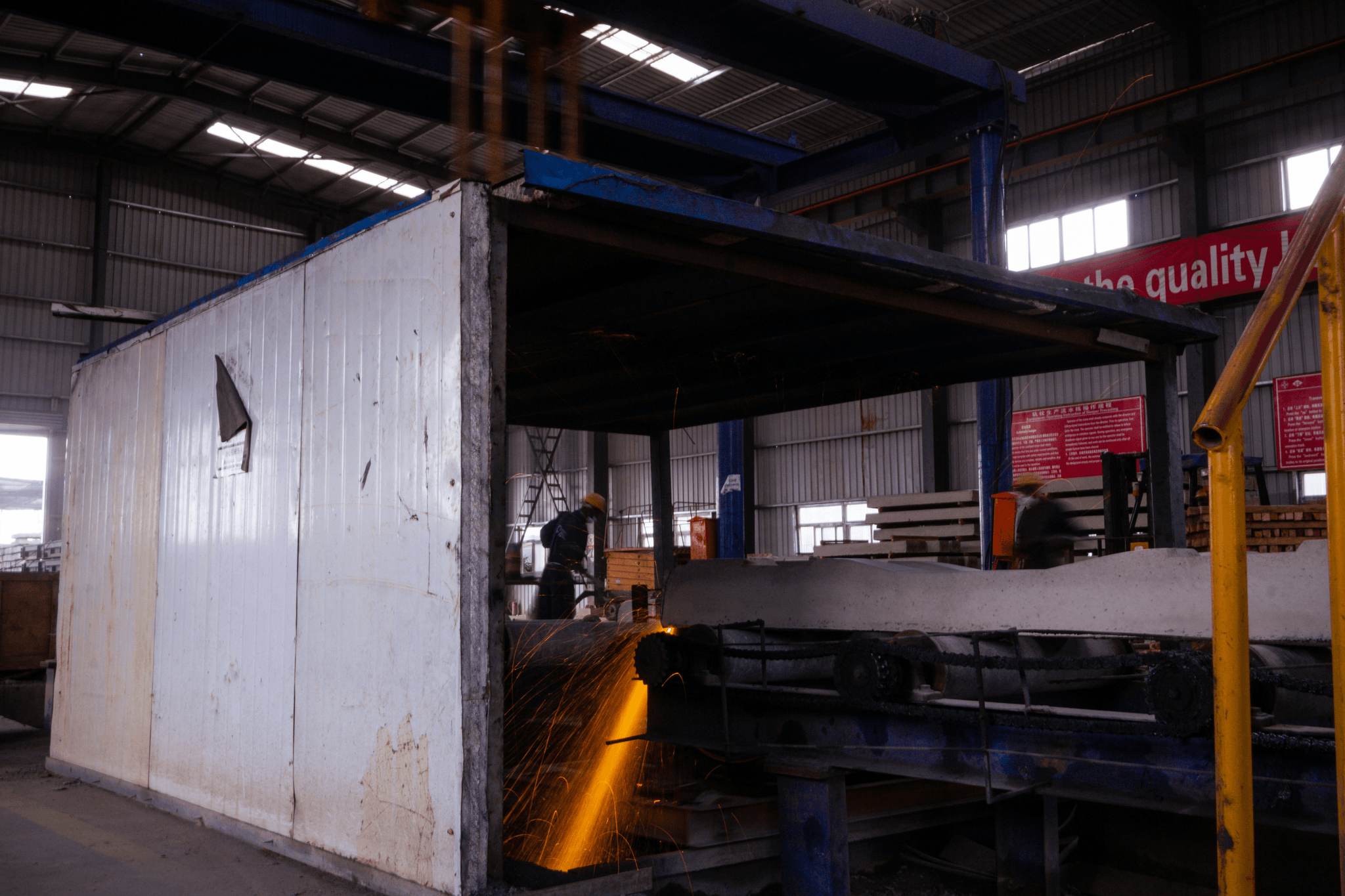
Selecting the right industrial laser cutter is crucial for optimizing your production capabilities and ensuring quality results. With a plethora of options available, it’s essential to consider various factors that align with your specific needs and applications. From the type of materials to be processed to the desired precision and speed, making informed decisions can significantly impact your operations.
Factors to Consider When Selecting a Laser Cutting Machine
When choosing a laser cutting machine, several factors come into play. First and foremost, assess the type of materials you’ll be working with; different metal cutting machines may have varying capabilities when it comes to thickness and material composition. Additionally, consider the power output of the fiber laser cutting system; higher wattage typically translates into faster cutting speeds and the ability to handle thicker materials.
Another vital aspect is the size of the work area; ensure that your chosen metal cutting laser cutter can accommodate larger pieces if necessary. The technology's ease of use also matters; an intuitive interface can save time during operation and training periods for new staff members. Lastly, factor in maintenance requirements and support services from manufacturers, as these can influence long-term operational efficiency.
Leading Manufacturers in the Fiber Laser Cutting Space
In today’s market, several leading manufacturers stand out in providing high-quality fiber laser cutting solutions. Companies like TRUMPF are known for their innovative designs and robust performance in industrial laser cutters, catering to various sectors worldwide. Similarly, Bystronic offers advanced metal cutting machines that combine speed with precision—ideal for businesses focused on maximizing productivity.
Other notable players include Mazak and Amada, both recognized for their reliable machinery tailored toward different applications in metal fabrication industries. These manufacturers continually invest in research and development to enhance their offerings further, ensuring they remain at the forefront of fiber laser technology advancements. When considering a purchase, exploring options from these industry leaders can provide peace of mind regarding quality and performance.
Role of Kiant Machinery in Industrial Laser Cutting
Kiant Machinery plays a pivotal role in revolutionizing industrial laser cutting through its state-of-the-art equipment tailored for various applications. With a commitment to quality assurance and customer satisfaction, Kiant provides not only advanced fiber laser cutting machines but also comprehensive support throughout your purchasing journey. Whether you’re looking for a compact model or an expansive industrial laser cutter capable of handling large-scale projects, Kiant has solutions designed specifically for efficiency.
Moreover, Kiant Machinery emphasizes after-sales service by offering maintenance packages that ensure longevity for your metal cutting machine laser systems—keeping downtime minimal while maximizing productivity levels across operations. Their expertise extends beyond just selling equipment; they aim to partner with businesses by understanding their unique requirements and delivering customized solutions accordingly.
In conclusion, selecting an industrial laser cutter involves careful consideration of multiple factors such as material types, machine capabilities, manufacturer reliability, and ongoing support services like those offered by Kiant Machinery—ensuring you make an informed decision that aligns with your business goals.
Maintenance and Safety in Fiber Laser Cutting
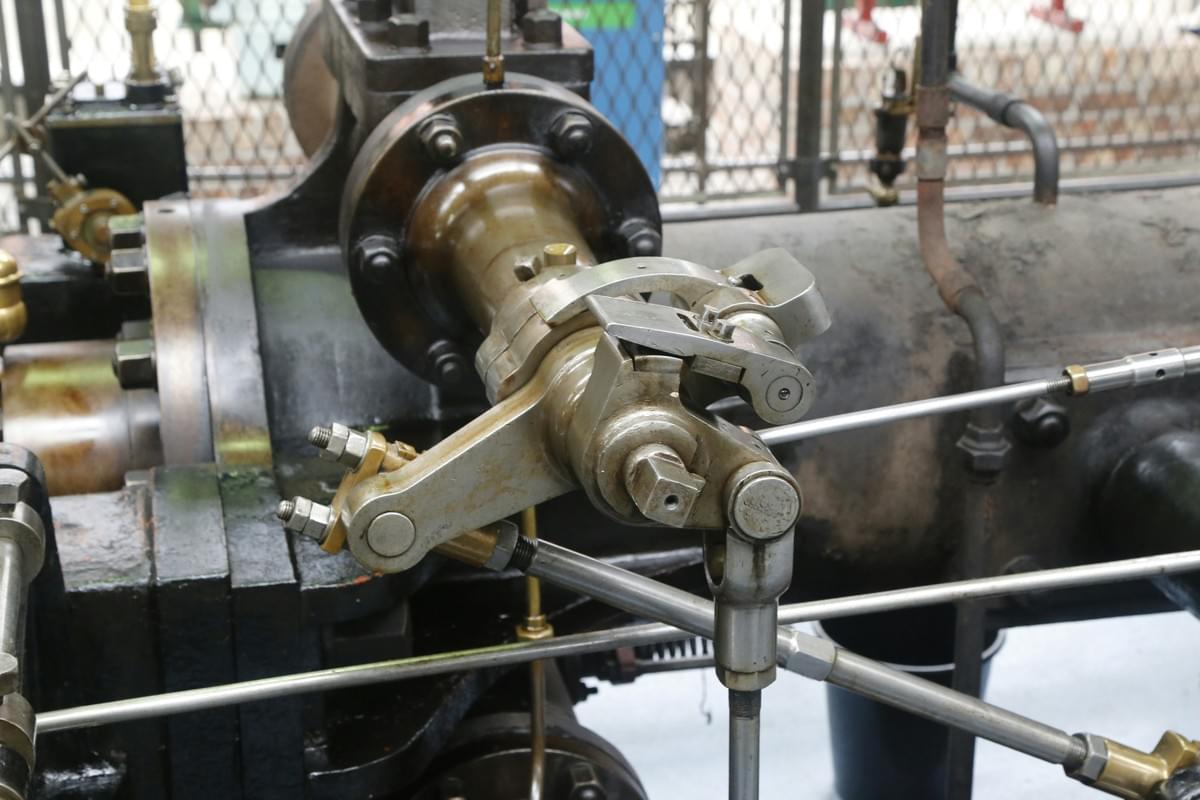
Maintaining a fiber laser cutting machine is crucial for ensuring optimal performance and longevity. Regular upkeep not only extends the life of your industrial laser cutter but also enhances the quality of cuts and reduces downtime. By following essential maintenance tips, you can keep your metal cutting laser cutter running smoothly and efficiently.
Essential Maintenance Tips for Longevity
To maximize the lifespan of your laser cutting machine, it's vital to adhere to a consistent maintenance schedule. Start with regular cleaning; dust and debris can interfere with the precision of your fiber laser cutting process. Additionally, check and replace consumables like lenses and nozzles as needed, since worn components can lead to subpar cuts or even damage to the metal cutting machine laser.
Another key aspect is inspecting the alignment of your industrial laser cutter regularly. Misalignment can cause uneven cuts and unnecessary wear on parts. Furthermore, ensure that all moving parts are lubricated according to manufacturer specifications; this simple step can significantly reduce friction-related issues over time.
Lastly, keep an eye on cooling systems within your fiber laser cutting equipment. Overheating can lead to catastrophic failures, so make sure coolant levels are adequate and clean any filters regularly. By implementing these maintenance practices, you’ll not only enhance performance but also save costs associated with repairs or replacements in the long run.
Safety Protocols for Using a Laser Cutter
Safety should always be a top priority when operating any industrial laser cutting machine. First off, ensure that all operators are well-trained on using a metal cutting laser cutter safely; this includes understanding emergency shut-off procedures and proper handling techniques for materials being cut. Wearing appropriate personal protective equipment (PPE), such as safety glasses designed for laser use, is non-negotiable.
It's also important to maintain a clean workspace around your fiber laser cutting area. Flammable materials should be kept at bay to prevent accidents from sparks generated during operation. Establish clear safety zones around the machine where only authorized personnel are allowed access during operation.
Finally, never underestimate the importance of regular safety drills! Conducting routine checks on safety protocols ensures that everyone knows what to do in case something goes wrong—better safe than sorry! By fostering a culture of safety around your metal cutting machines, you create an environment where productivity thrives without compromising well-being.
Troubleshooting Common Issues with Laser Cutting Machines
Even with diligent maintenance practices in place, issues may still arise from time to time with industrial laser cutters—don’t fret! The first thing you should do if you notice inconsistent cut quality is check for lens contamination or damage; dirty lenses are often culprits behind poor performance in fiber laser cutting operations.
If you're experiencing unexpected shutdowns or error messages on your machine's display panel, it might indicate overheating or electrical problems within the system—time for some detective work! Make sure cooling systems are functioning correctly by checking coolant levels and looking out for any blockages that could impede airflow.
Lastly, if you're seeing excessive dross or rough edges on cut pieces from your metal cutting machine laser, consider adjusting power settings or feed rates accordingly—sometimes it's just about fine-tuning parameters! Remember that troubleshooting effectively requires patience; don’t rush through checks just because you’re eager to get back into production mode!
Conclusion
In conclusion, fiber laser cutting technology is not just a passing trend; it's shaping the future of industrial manufacturing. As advancements continue, we can expect to see even greater efficiency, precision, and versatility in applications ranging from automotive to aerospace. The potential for innovation in this field is vast and exciting, making it an essential focus for any forward-thinking business.
The Future of Fiber Laser Cutting Technology
The future of fiber laser cutting technology looks promising with ongoing research and development aimed at enhancing performance and reducing costs. Innovations such as automation integration and AI-driven processes are likely to revolutionize the capabilities of industrial laser cutters further. As industries evolve, the demand for high-quality metal cutting laser cutters will only increase, solidifying fiber lasers as a cornerstone in manufacturing.
Investing in Fiber Laser Cutting for Your Business
Investing in fiber laser cutting can significantly enhance your operational efficiency and product quality. A metal cutting machine laser offers unparalleled speed and precision compared to traditional methods, resulting in reduced waste and lower production costs over time. By incorporating a laser cutter into your workflow, you position your business at the forefront of technology while meeting customer demands more effectively.
Why Kiant Machinery is Your Best Partner in Fiber Laser Solutions
When it comes to selecting an industrial laser cutting machine, Kiant Machinery stands out as a trusted partner with a commitment to quality and innovation. With their extensive range of metal cutting machines designed for various applications, they ensure that every customer finds the right solution tailored to their needs. Plus, their dedicated support team provides invaluable assistance throughout your journey into the world of fiber laser cutting.
